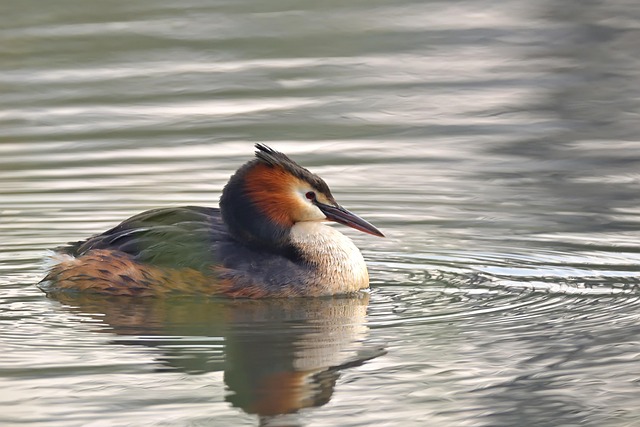As the world heats up, the impact of climate change becomes more evident, and one of the most affected groups is migratory species. These animals rely on specific routes and timings for their survival, intricately linked to environmental cues that have been disrupted by rising temperatures and shifting weather patterns. The cry of the arctic tern, soaring thousands of miles between the Arctic and Antarctic, exemplifies the migratory spirit; yet this spirit is threatened today like never before.
Habitat loss is a leading factor in the plight of migratory species. Wetlands, forests, and coastal areas are disappearing at an alarming rate due to human activities and changing climates. For instance, waterfowl that migrate thousands of miles to find suitable breeding grounds face diminishing habitats as wetlands dry up or are polluted. With each season, fewer birds return to their former nesting sites, their calls growing softer as they struggle against the odds.
Furthermore, climate change alters the availability of food sources along migratory routes. Changes in temperature and precipitation patterns lead to mismatches between the timing of migratory arrivals and the availability of food, disrupting the delicate balance needed for reproduction and survival. Imagine the delicate dance of hummingbirds arriving at their favorite flowers only to find them wilted and barren, deprived of the nectar vital for their sustenance.
One poignant example is the plight of the monarch butterfly, which embarks on an incredible journey across North America to winter in Mexico. The rise in temperatures and erratic weather patterns has started to destabilize their migratory path, leading to significant declines in their population. This phenomenon has broader implications, as these butterflies are crucial pollinators, embodying the ecosystem’s health.
Marine migratory species are facing similar challenges. Sea turtles, for instance, navigate vast oceans to return to their natal beaches for nesting. However, with rising sea levels and increasing ocean temperatures, many of these beaches are eroding, and the changing ocean currents can throw them off course. The ancient migratory journeys of these turtles are becoming perilous, leaving their eggs vulnerable and affecting future generations.
In the fight against climate change, understanding and protecting migratory species has never been more crucial. These animals are not just passing through; they are essential to the ecosystems they inhabit. Their migration patterns reflect the health of our planet, serving as indicators for environmental changes that could affect countless other species, including humans.
We must advocate for policies that protect migratory pathways and habitats, promote sustainable practices, and raise awareness about the impacts of our actions on these incredible journeys. As we reflect on the melting ice caps and shrinking habitats, let us also remember the vibrancy of life’s migrations—the rhythms that have dictated nature for eons—now under threat. Each time we view a flock heading south or witness a solitary hawk riding the winds, we are reminded of our shared responsibility to safeguard these incredible migratory species and their future in a warming world.



